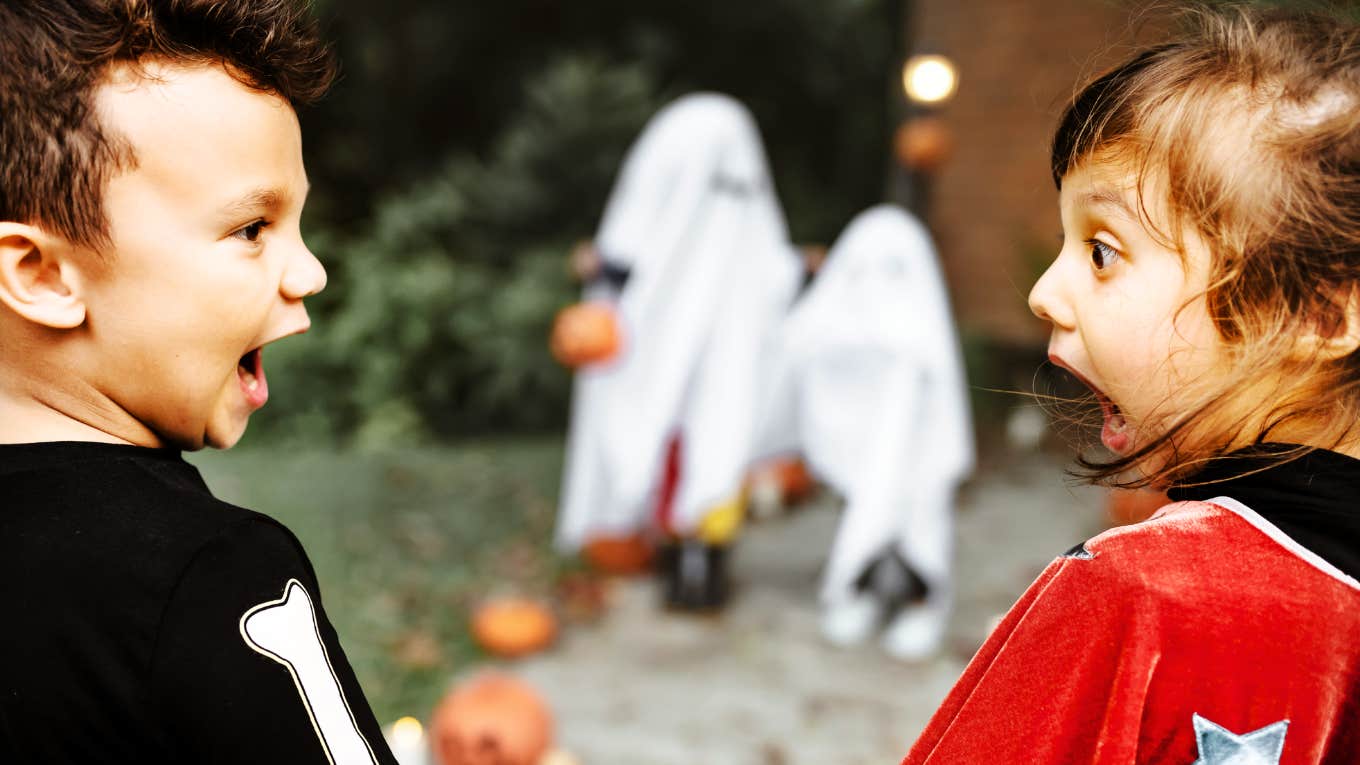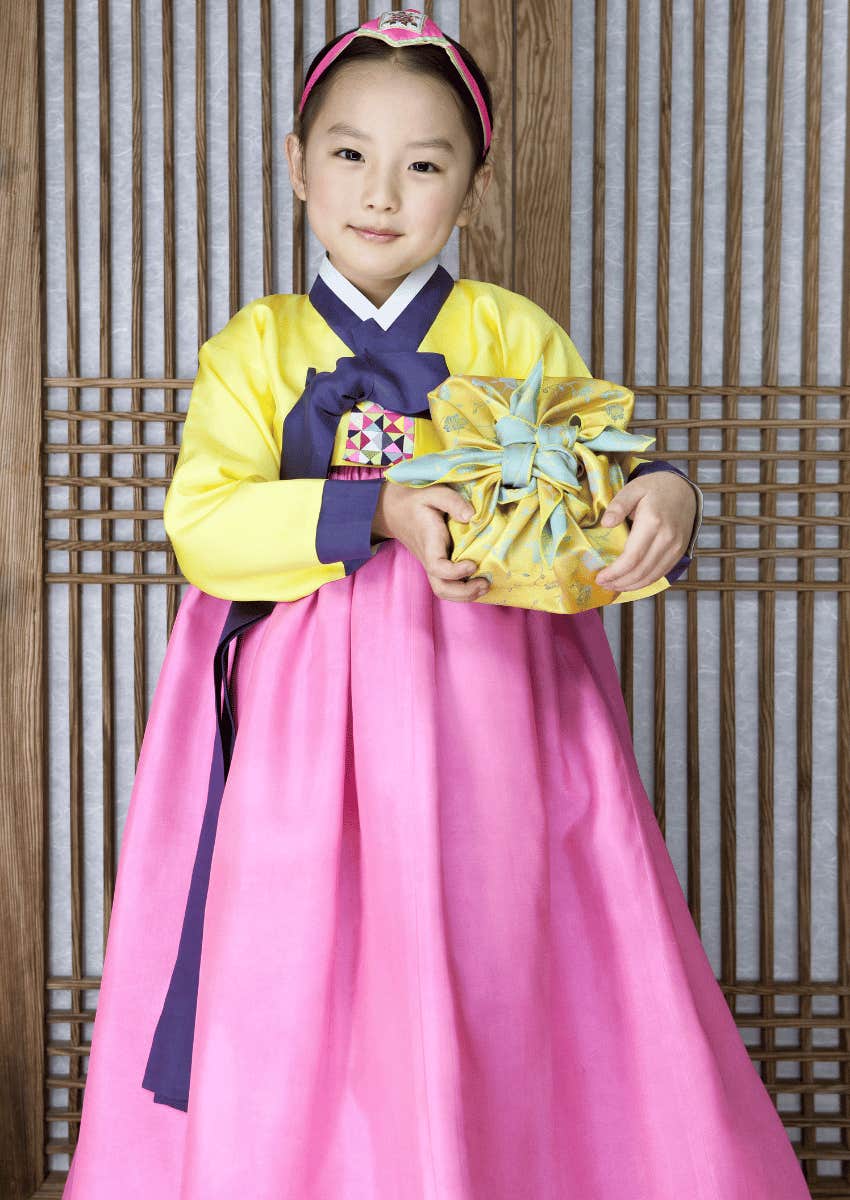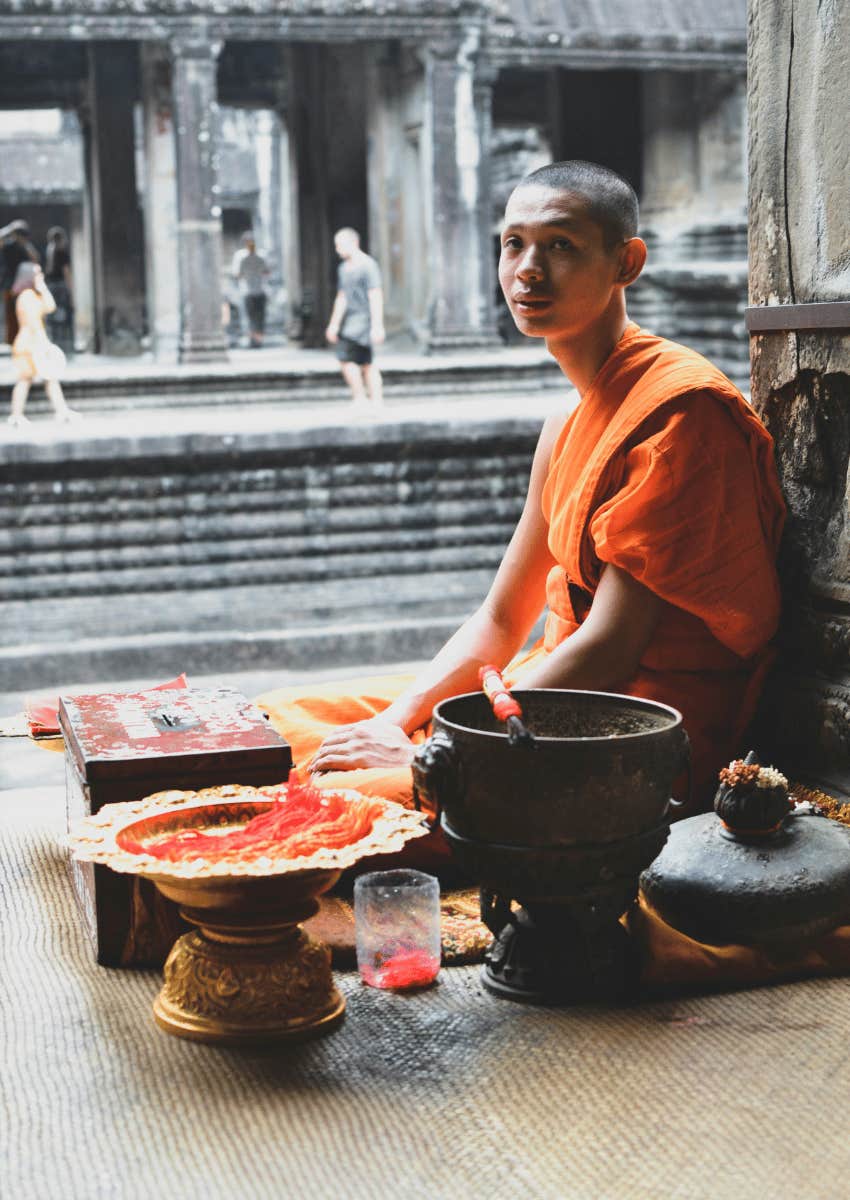5 Spookiest Celebrations Around The World That Rival Halloween
Spooky ones! Scary ones! Ones full of creatures that go bump in the night!
 Curated Lifestyle | Unsplash
Curated Lifestyle | Unsplash From the beginning of recorded history right up to the present day, people all over the world have gathered to enjoy festivals, celebrations, and ceremonies of all different kinds. Some, such as funerals, are solemn events when people lay loved ones to rest and find comfort in their sadness in a group. Others, such as harvest festivals, are a way to give thanks for reaping enough food to survive the cold months of winter. And some, such as marriages and birthdays, are joyful celebrations to mark a happy event.
There are other types of festivals, too. Spooky ones! Scary ones! Ones full of creatures that go BUMP in the night! One of the most famous spooky festivals is Halloween, which is celebrated all over the world and has become especially popular in Europe and North America. Festivals have lots of traditions. Perhaps for Halloween, you’ve dressed up as a witch, carved a face into a pumpkin, and gone trick-or-treating. But have you ever wondered why? Or who first celebrated these festivals, and where they lived?
Let's take a trip all around the world to the many amazing spooky festivals that are celebrated, each with its unique customs, beliefs, and traditions:
1. Halloween — North America and Europe
It’s a cold autumn evening, and the streets are filled with excited children dressed up as ghosts, ghouls, and witches. They shout, "Trick or treat!" and fill their bags with goodies given by their neighbors. Pumpkins carved to look like faces flicker and glow on doorsteps and windowsills.
Families stay up late to watch spooky movies and share ghost stories. This is Halloween, a celebration that gets its name from the pagan festival All Hallows’ Eve, from which it originated and is now famous worldwide.
The trick-or-treat custom dates back over 1,000 years to medieval times, when people went from house to house offering to pray for their dead. In return, they were given soul cakes — small round shortbread-like cakes filled with spices and raisins.
2. Chuseok — South Korea
The South Korean holiday of Chuseok is all about family—both alive and dead—and the autumn harvest. This three-day holiday, usually occurring in September, sees millions of people reunite with their families (often at the home of the grandparents). Once gathered, they cook, eat, and perform traditional rituals to thank their ancestors for a successful harvest.
The morning of Chuseok is reserved for charye, when families cook traditional foods and then place them on a table as an offering to their ancestors. Favorites include songpyeon rice cakes made of ground rice, filled with sesame seeds, red beans, and chestnuts. A dish of noodles stir-fried with mushrooms, onions, and carrots called japchae, and jeon—fried pancakes made with fish, sweet potato, and zucchini—is served.
 Image Republic | Shutterstock
Image Republic | Shutterstock
3. Khamis al-Amwat —The Levant
It’s early morning in the Levant, an area in the Middle East. The warm waters of the eastern Mediterranean lap against the shore and the air is filled with the smell of sea salt and cypress trees. It’s dark.
To the east, the sun is yet to rise to warm up the fields, deserts, and mountains, but an orange glow is building on the horizon. Dawn is close. Doors open, people emerge from their homes and make their way to the graveyards and cemeteries to carry out the centuries-old traditions of Khamis al-Amwat—also known as Thursday of the Dead.
The shared feast day of Khamis al-Amwat is believed to date back to the twelfth century during a time called the Crusades. The Crusades refers to when Muslims and Christians fought battles for control of holy sites in the Middle East. When the Muslim leader Saladin retook the Levant from the Christian Crusaders, he introduced Khamis al-Amwat as a way for people of both faiths to come together and help bring peace and religious tolerance to the region.
4. Pchum Ben - Cambodia
For the fifteen days of Pchum Ben, Buddhists in Cambodia dedicate their thoughts to the dead. Families gather and pay their respects to the past seven generations of ancestors who have passed on.
Taking place in the tenth month of the Buddhist calendar, Pchum Ben is a time for quiet reflection, food, family togetherness, and shared activities. After all, pchum means "to gather together," and ben means "food."
It’s the suffering spirits sent to Naraka that people want to help during Pchum Ben. It’s believed that the gates of Naraka open and seven generations of unhappy souls are free to wander among the living.
Starving, they roam toward Buddhist temples, looking for food. And if their living families have not left anything to eat, the spirits will seek revenge and curse them with bad luck.
 Thomas Allen | Unsplash
Thomas Allen | Unsplash
5. Fête des Masques — Mali
The 90-mile-long sandstone cliffs of the Bandiagara Escarpment rise magnificently from the scrub-littered plains of Mali. Impressive villages of thatched buildings nestle under its outcrops.
Above, in the deep and winding caves, lie the bones of people buried centuries ago. This is the home of the Dogon people, who every year make incredible masks to celebrate the Fête des Masques, which means Festival of Masks.
The Dogon believe that the natural world is closely connected to the spiritual world of the gods and deceased souls. Every year during April and May, the men of each village put on striking wooden masks and perform elaborate dances to celebrate the Fête des Masques. The festival honors the local people who have died in the past year and helps their souls reach the afterlife.
British author Matt Ralphs writes children’s nonfiction and middle-grade fiction, often with a focus on history, myths, and folklore. His previous works include Season of the Witch, Norse Myths, and Secrets of the Dead. This piece has been excerpted from his book, Spooky Celebrations Around The World.

